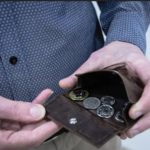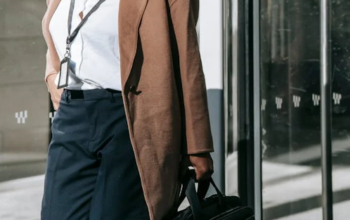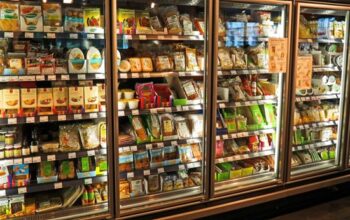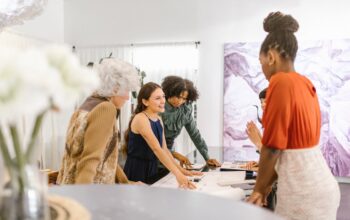The layout and style of your booth are essential when you present at trade shows or exhibits in order to draw customers and effectively market your business. The success of your booth may be significantly impacted by a thoughtfully designed setting. In this article, we will guide you through the process of creating an effective space plan for your booth, using simple words and a practical approach.
Define Your Objectives
Before diving into the space planning process, it’s essential to define your objectives. Ask yourself what you hope to achieve with your booth. Are you aiming to generate leads, create brand awareness, showcase new products, or engage with potential customers? Understanding your goals will guide your space planning decisions and help you create a booth that aligns with your objectives.
Consider the Flow of Traffic
An effective booth design considers the flow of traffic. You want to create a space that attracts visitors and encourages them to explore. Start by analysing the entry points and main pathways of the exhibition area. Position your booth in an area that receives a significant amount of foot traffic. Ensure that your booth layout allows for easy navigation, with clear pathways and open spaces to prevent congestion.
Determine Key Areas
Next, identify the key areas you want to incorporate into your booth. These areas typically include a reception or welcome area, product displays, demonstration stations, meeting spaces, and storage. Define the size and function of each area based on your specific requirements. Keep in mind that simplicity and clarity are key when using simple words, ensuring visitors can easily understand the purpose of each space.
Optimise Product Placement
The way you display your products is crucial in capturing visitors’ attention. Place your key products or flagship items in prominent positions that are easily visible from a distance. Use simple and clear signage to highlight the benefits and features of each product. Create designated product demonstration areas where visitors can interact with your offerings and experience their value firsthand.
Design an Engaging Reception Area
Your booth’s reception area sets the tone for visitors’ first impression of your brand. Design a welcoming and engaging space where attendees can approach your booth with ease. Use simple words to create a concise tagline or message that clearly communicates your brand’s value proposition. Display your company logo prominently, along with any awards or recognition you have received. Consider incorporating interactive elements, such as touch screens or tablets, to provide additional information and engage visitors.
Create Comfortable Meeting Spaces
If your objectives include engaging in one-on-one discussions or conducting meetings, allocate dedicated spaces within your booth. Keep these areas simple and comfortable, with seating arrangements that promote conversation. Use simple words in any marketing materials or brochures available in the meeting spaces, ensuring visitors can quickly grasp your offerings.
Utilise Effective Signage
Clear and concise signage is essential for guiding visitors and conveying your brand message. Use simple words and bold fonts that are easily readable from a distance. Incorporate visuals, such as graphics or icons, to enhance understanding. Display your brand name, key messages, and contact information prominently throughout the booth.
Conclusion
In order to maximise the impact of your presence at trade shows or exhibits, you must design an efficient space layout for your booth. You may design a booth that draws people and successfully promotes your brand by establishing your objectives, taking traffic flow into account, maximising product placement, providing interesting spaces, applying effective signage, and guaranteeing a smooth traffic flow. To attract your audience and make a lasting impact, keep it short and plain, utilising straightforward language and unambiguous pictures.
Related Posts












